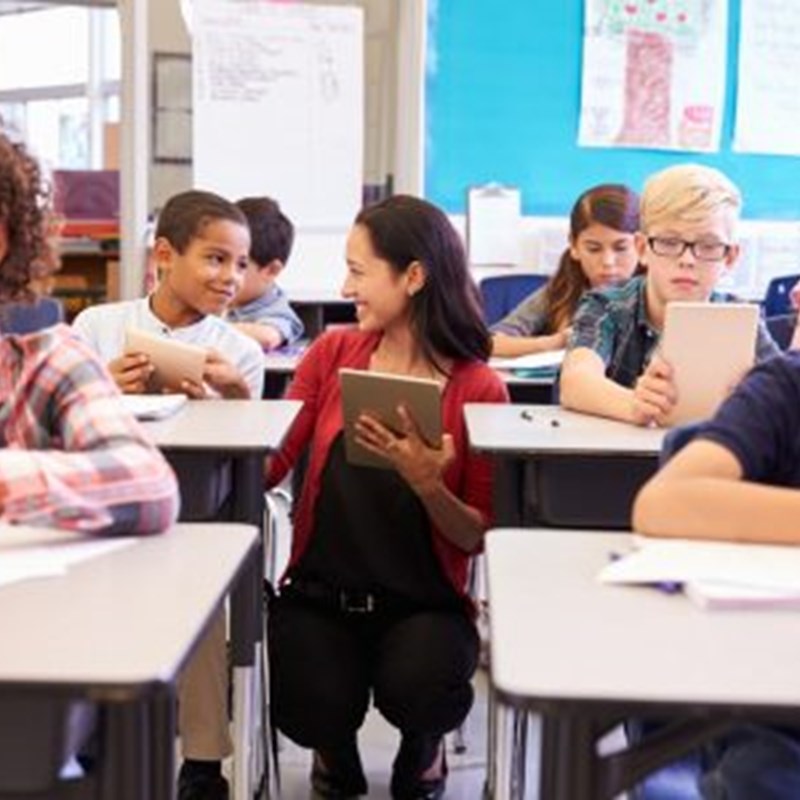
As exam season creeps nearer for many students, we take a look at the connected classrooms of the future and explore how implementing IoT, mobile technology and social media within the learning environment can maximise learning and improve the education experience for students and teachers. Information fluency is essential for today’s learners, and there are already indications that the connected classroom may be an inevitable move for the future of education.
Integrated systems in the connected classroom
Schools in countries such as China, the UK and the USA are developing and testing connected classrooms with great rates of success. Digital whiteboards connected to teacher and student tablets allow classes to collaborate on projects and share presentations and recordings in real time. The integrated systems of connecting all devices in use in a classroom make lessons easier for the teacher and more accessible for students It also gives pupils who miss a lesson the opportunity to catch up with work and even join in from home if they need to. Projects such as ‘The School of the Air’ in Australia are even connecting students across wide geographical areas, and in further education settings, the connected classroom model is enabling universities and colleges to run courses for larger groups of students by including those who want to participate remotely.
Einstein in the connected classroom
Bosch have taken IoT in schools a step further in Austria, with their Quantified Art installations in classrooms – artwork containing smart sensors which monitor CO2 levels, room temperature, pressure and humidity and which trigger colour changes in the picture to alert students to fluctuations in their environment. A picture of Einstein whose skin is turning a peculiar shade of green indicates that the classroom is no longer at the right ambience for optimum learning. We have all experienced the impact of elevated CO2 levels in long meetings – making us feel sleepy, distracted and less productive. Connected heating and ventilation systems are able to adapt the environmental levels of the classroom so that concentration levels of students and teachers who often spend 8 hours a day in the same learning space are optimal. Watch this video to find out more about the Bosch project.
IoT in the connected classroom of the future
With the BBC recently demonstrating a prototype method for turning its micro:bit into an IoT device, it may not be long before IoT becomes an integrated part of every classroom. Science lessons may well start to include tracking of specimens in the wild and geography classes studying climate change and agriculture will be able to access real-time data from across their campus and beyond about the factors affecting their own environment.
Mobile technology and social media in the connected classroom
Finally, using apps in a blended learning environment can enable educators and students to share and access information in a more personalised and multi-faceted way. Intuitive mobile technology in the classroom can make it easier for teachers to tailor content to individual students, and it also gives learners real experience in programming and adapting technology to suit their own needs.
Implementing social media in the classroom can also allow teachers to engage with young people’s reality and to tap into the communication preferences of the younger generation. By harnessing social media as an education tool, the connected class can widen the scope for their learning and encourage participation and collaboration long after the bell has rung.
We’re looking forward to IoT playing a bigger part in the classrooms of the future and we are delighted to see technology already taking a front seat in many educational settings. Watch this space for more exciting developments in the classroom and beyond.